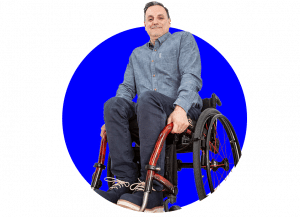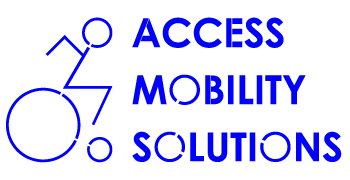Welcome to Access Mobility solutions
Livable Housing Australia
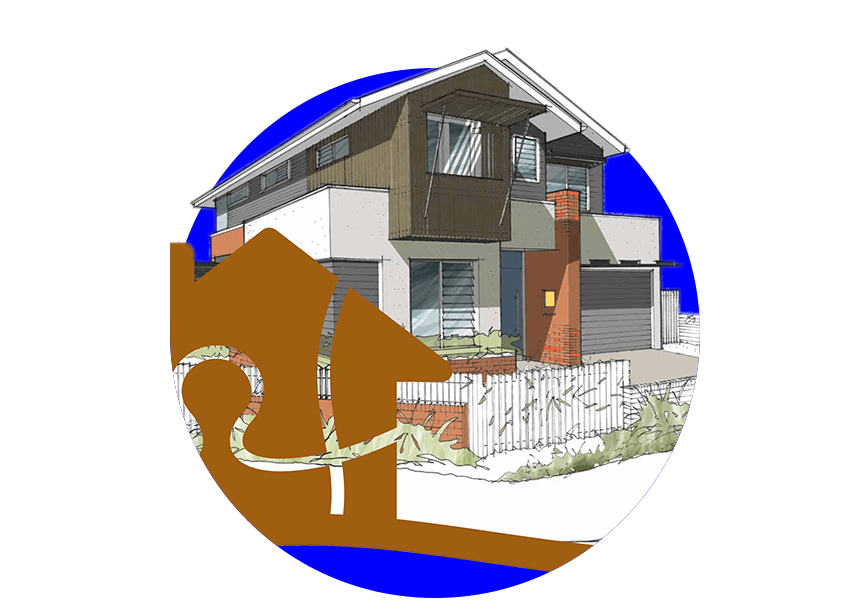
Welcome to Access Mobility solutions
Welcome to
Access Mobility solutions
Livable Housing Australia


What is Livable Housing Design?
A livable home is designed and built to meet the changing needs of occupants all throughout their lifetime. Livable homes include key easy features that make them easier and safer for all the occupants with disabilities, ageing Australians, people with temporary injuries, and families with young children.
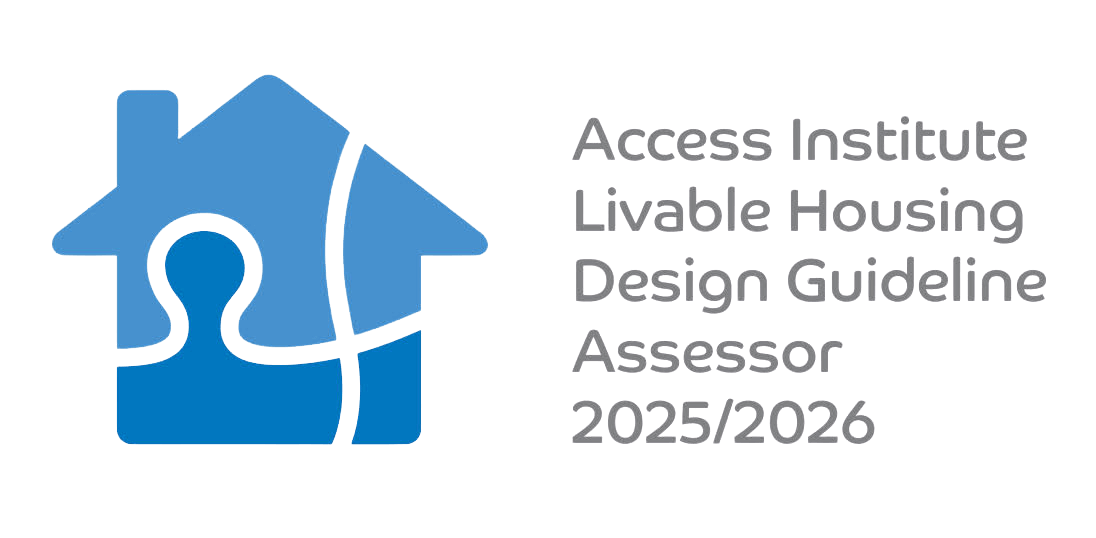
A livable home is designed to be:
Easy to enter
Easy to navigate
Easy to adapt in a cost-effective manner
Responsive to the changing needs of occupants
What Are the Benefits of a Livable Housing Design?
All Australians benefit from homes designed with comfort, safety and ease of access as core design features. Livable housing features make homes easier for older residents using prams, people carrying their shopping into the house, and people with disabilities or temporary injuries moving around the home. These same features enable key living spaces to be more easily and cost-effectively adapted to meet the changing needs and abilities of home occupants.
Different groups of people will also benefit from Livable Housing Australia differently.
- Families with young children can manoeuvre prams and strollers more easily.
- People with temporary injuries can navigate their living spaces freely.
- Baby boomers can have peace of mind that their homes will meet their changing mobility needs as they age.
- People with disabilities will have better housing choices and more opportunities to safely visit the homes of friends and relatives
Livable Housing Guidelines Australia
The three levels of performance range from basic requirements to best practices in livable home design. LHA’s Silver, Gold and Platinum ratings represent a trusted seal of approval that attests to enhanced livability. The levels are as follows:
SILVER LEVEL
At this level, dwellings must incorporate the seven core livable housing design elements. The design focuses on the key structural and spatial elements that are critical to ensure future flexibility and adaptability of the home. Incorporating these features helps avoid more costly home modification at a later date.
GOLD LEVEL
This level enhances the requirements for most of the core livable housing design elements and adds more elements. The gold level provides for more generous dimensions for most of the core livable housing design elements and introduces additional elements in areas such as the kitchen and bedroom.
PLATINUM LEVEL
Finally, the platinum level further enhances the requirements of the core livable housing design elements and includes all 16 elements. This level describes design elements that would better accommodate ageing in place and people with higher mobility needs. It requires even more generous dimensions for most of the core livable design elements and introduces additional elements for features such as the living room and flooring.
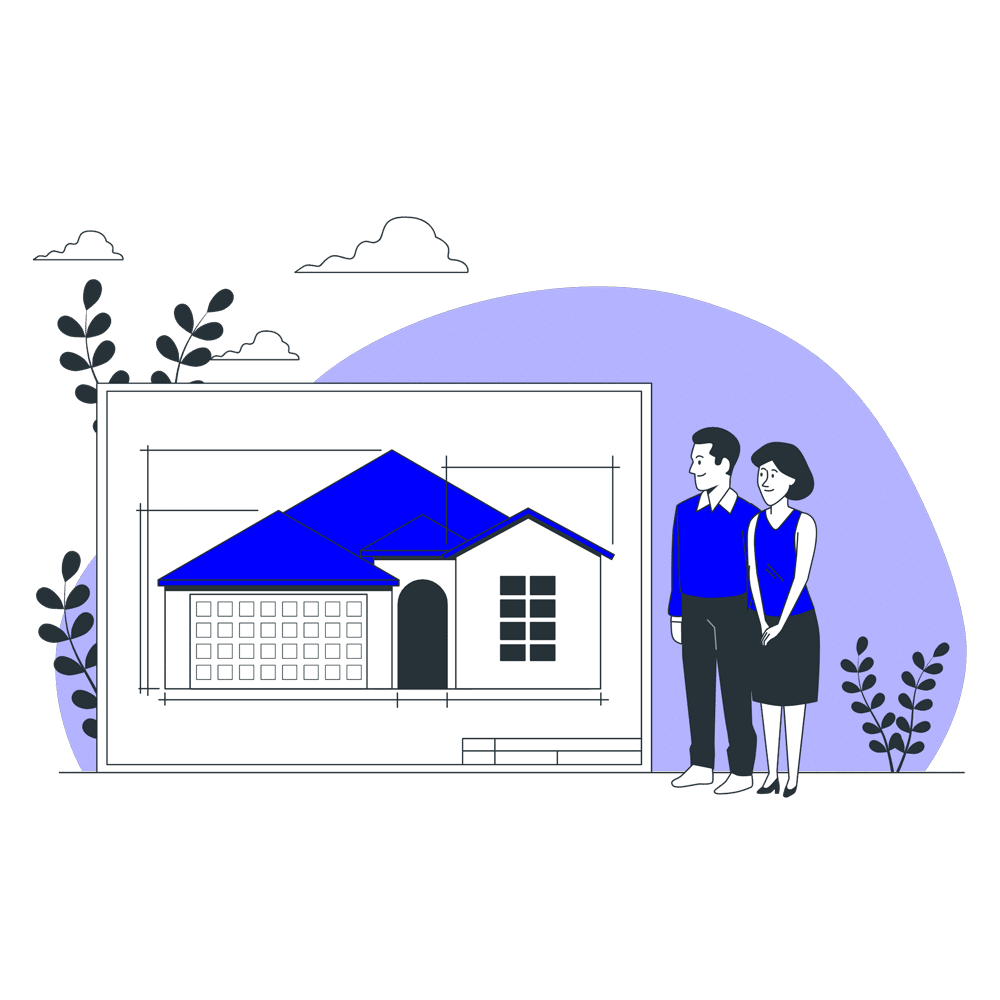
Investing in Livability
It makes smart sense to commit to livability features when a home is first designed and built rather than waiting for an unplanned need to arise. In fact, international research shows that it’s 22 times more efficient to design for adaptability upfront.
Livability works for pregnant mums, young families with kids, people with sporting or traumatic injuries, seniors and Australians with disability and their families. Livability is an investment that makes both economic and social sense. It also offers peace of mind!
Creating a Safer Future with Livable Housing Australia Standards.
Access Mobility Solutions is a registered assessor with Livable Housing Australia. By ensuring that designs are incorporating the core elements of Livable housing, we are helping make homes across Australia safer for everyone. For your LHA assessment needs, contact Access Mobility Solutions.
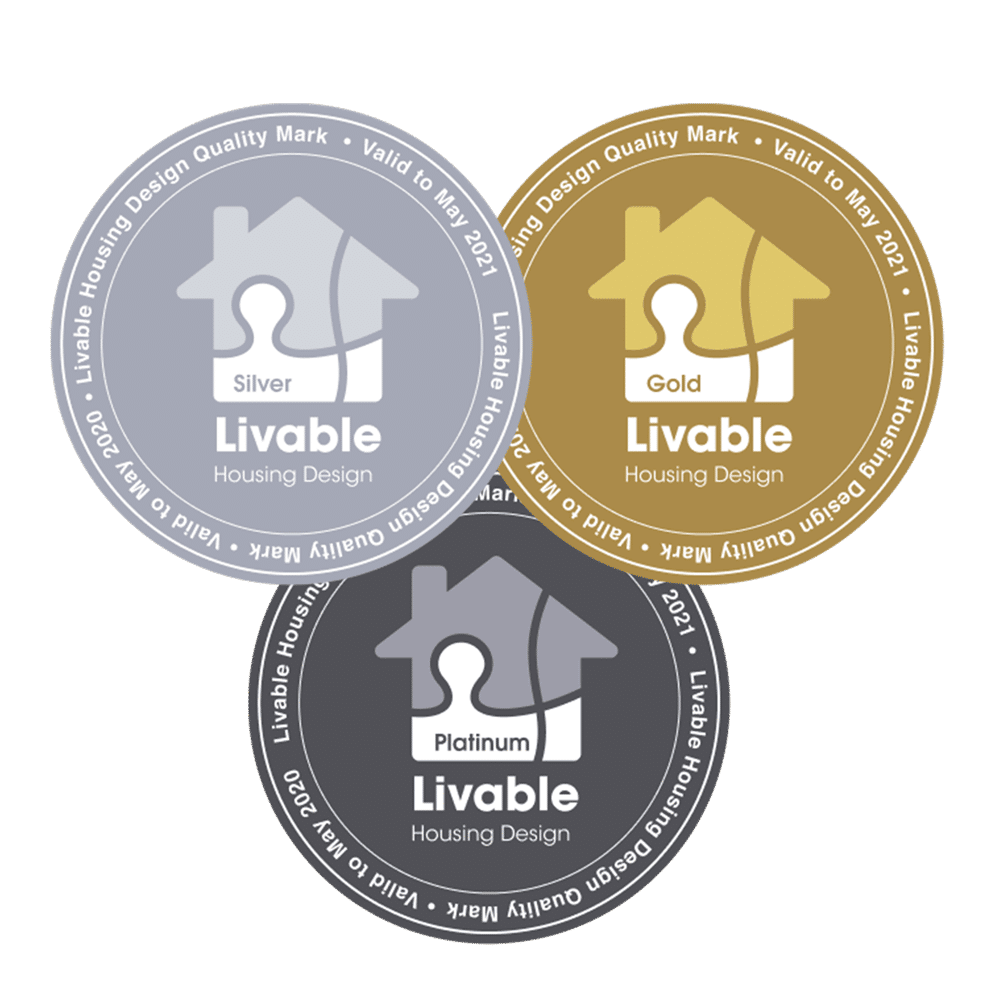
Good Access for All Starts with Access Mobility Solutions
If you have questions about any of our services, we are happy to help. Reach out to Access Mobility Solutions! While complying with accessibility legislation can feel like a never-ending, complex process, we make it easy.

I believe that it was a natural transition to become an Accredited Access Consultant. As someone with first-hand knowledge of the architectural profession and, due to living with Multiple Sclerosis (MS), and the experiences of a manual wheelchair user, I can provide a unique, dual perspective on access issues.
GOOD ACCESS has become an integral part of my life.
“I cannot control the fact I have multiple sclerosis but what I can control is my attitude”
